Sodium caseinate
Synonym(s):Sodium caseinate
- CAS NO.:9005-46-3
- Empirical Formula: N/A
- Molecular Weight: 0
- MDL number: MFCD00130736
- EINECS: 618-419-8
- SAFETY DATA SHEET (SDS)
- Update Date: 2025-10-02 16:35:48
What is Sodium caseinate?
Chemical properties
White to cream colored powder
The Uses of Sodium caseinate
Sodium Caseinate is the sodium salt of casein, a milk protein. it is used as a protein source and for its functional properties such as water binding, emulsification, whitening, and whipping. it is used in coffee whiteners, nondairy whipped toppings, processed meat, and desserts.
The Uses of Sodium caseinate
Casein is the phosphoprotein of fresh milk; the rennin-coagulated product is sometimes called paracasein. British nomenclature terms the casein of fresh milk caseinogen and the coagulated product casein. As it exists in milk it is probably a salt of calcium. Casein is not coagulated by heat. It is precipitated by acids and by rennin, a proteolytic enzyme obtained from the stomach of calves. Casein is a conjugated protein belonging to the group of phosphoproteins. The enzyme trypsin can hydrolyze off a phosphorus-containing peptone. The commercial product also known as casein is used in adhesives, binders, protective coatings, and other products.
The purified material is a water-insoluble white powder. While it is also insoluble in neutral salt solutions, it is readily dispersible in dilute alkalies and in salt solutions such as those of sodium oxalate and sodium acetate.
The Uses of Sodium caseinate
α-Casein can be an immunogen in young children, and anti-α-casein antibodies have strong cross-reactivity with insulin. This effect can explain the uncommon insulin autoimmunity, but it does not appear to progress to Type I diabetes.
Definition
Though commonly regarded as the principal protein in milk (approximately 3%), casein is actually a colloidal aggregate composed of several identifiable proteins together with phosphorus and calcium. It occurs in milk as a heterogeneous complex called calcium caseinate, which can be fractionated by a number of methods. It can be precipitated with acid at p H 4.7 or with the enzyme rennet (rennin). The product of the latter method is called paracasein, the term being applied to any of the casein fractions involved, i.e., α, β, κ, etc.
What are the applications of Application
Sodium caseinate is suitable for:
1.the preparation of casein-based diets to investigate nutritional effect of vitamin E in diets for Litopenaeus vannamei postlarve
2.in an assay to determine the activity of a three-enzyme solution containing trypsin, chymotrypsin and peptidase
3.a
study to investigate the effects of bovine somatotropin (bST)
administration and abomasal casein infusion on nitrogen metabolism in
Holstein steers
4.as constituent of blocking solution in immunoblotting.
Biochem/physiol Actions
α-Casein can be an immunogen in young children, and anti-α-casein antibodies have strong cross-reactivity with insulin. This effect can explain the uncommon insulin autoimmunity, but it does not appear to progress to Type I diabetes.
Safety Profile
Questionable carcinogen with experimental tumorigenic data. When heated to decomposition it emits toxic fumes of NanO.
Properties of Sodium caseinate
| storage temp. | 2-8°C |
| solubility | H2O: soluble50mg/mL, Grade III, light yellow |
| form | lyophilized powder |
| PH | pH(10g/l, 25℃) : 6.0~7.5 |
| Water Solubility | Soluble in boiling water; insoluble in ethanol. |
| EPA Substance Registry System | Sodium caseinates (9005-46-3) |
Safety information for Sodium caseinate
Computed Descriptors for Sodium caseinate
Sodium caseinate manufacturer
New Products
BOC-L-4-HYDROXYPROLINE 2-nitro 3-hydroxy pyridine 2,6-Dichloropyridin-4-amine 2,3 Diamino pyridine 5-Iodo-2-(1-methylethyl)-3(2H)-pyridazinone 1-Azetidinecarboxylic acid, 3-[(3S)-1-(trans-3-carboxy-3-methylcyclobutyl)-3-piperidinyl]-, 1-(1,1-dimethylethyl) ester Tert-Butyl N-[3-(dimethylcarbamoyl)prop-2-en-1-yl]carbamate 1-(difluoromethyl)-N-methylcyclobutan-1-amine 2-(4-Methyl-1,2,5-oxadiazol-3-yl)-1H-benzimidazole 6-(4-iodophenyl)-1-oxa-6-azaspiro[3.3]he Trimethyl(phenylthio)silane Polycaprolactone(2000)-PEG(20000)-Polycaprolactone(2000) Diacrylate Diethylene Glycol Monoethyl Ether, PolyoxyethyleneOleylCetylEtherSulfosuccinate Ascorbyl Tetraisopalmitate or Tetrahexyldecyl Ascorbate Castor Oil, Ethoxylated, Cremophor EL or PEG-35 Castor Oil Tween 20 or Polysorbate 20 Acetone-d6 (R)-2-Mercaptobutanoic acid 3-iodo-1H-pyrazolo[3,4-d]pyrimidin-4-amine 3-(naphthalen-1-ylsulfonyl)-1H-indazol-5-amine methyl 5-amino-3-(1,1-dioxidotetrahydro-2H-1,2-thiazin-2-yl)-2-fluorobenzoate 7-methoxy-8-(2-morpholinoethoxy)-4-((3,4,5-trimethoxyphenyl)amino)benzo[g]quinoline-3-carbonitrile Dimethylaluminum isopropoxideRelated products of tetrahydrofuran
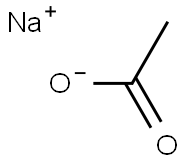

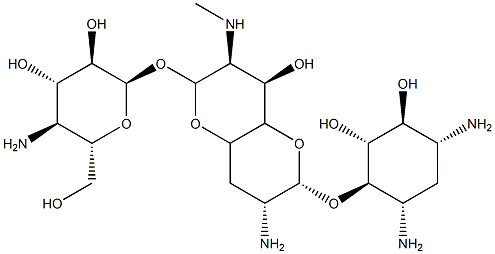

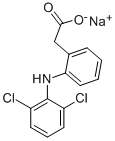


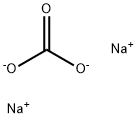
You may like
-
 Sodium Caseinate. 99%View Details
Sodium Caseinate. 99%View Details -
 Casein sodium 99%View Details
Casein sodium 99%View Details -
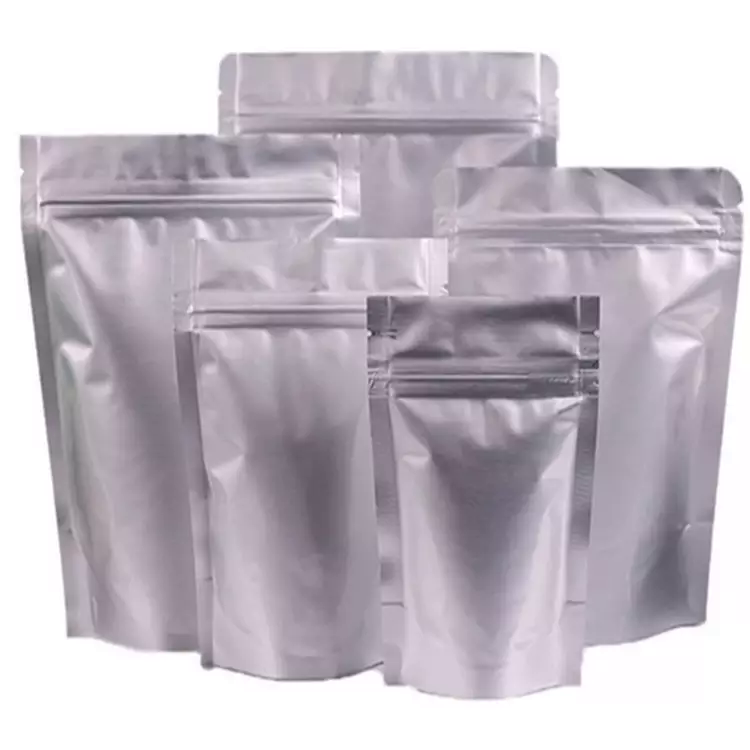 Casein sodium 9005-46-3 98%View Details
Casein sodium 9005-46-3 98%View Details
9005-46-3 -
 Sodium Caseinate extrapure CAS 9005-46-3View Details
Sodium Caseinate extrapure CAS 9005-46-3View Details
9005-46-3 -
 Casein sodium CAS 9005-46-3View Details
Casein sodium CAS 9005-46-3View Details
9005-46-3 -
 Casein Sodium from Milk CAS 9005-46-3View Details
Casein Sodium from Milk CAS 9005-46-3View Details
9005-46-3 -
 Sodium caseinate CAS 9005-46-3View Details
Sodium caseinate CAS 9005-46-3View Details
9005-46-3 -
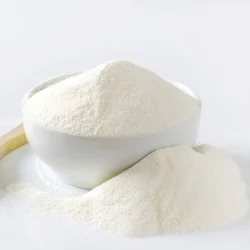 Sodium CaseinateView Details
Sodium CaseinateView Details
9005-46-3
